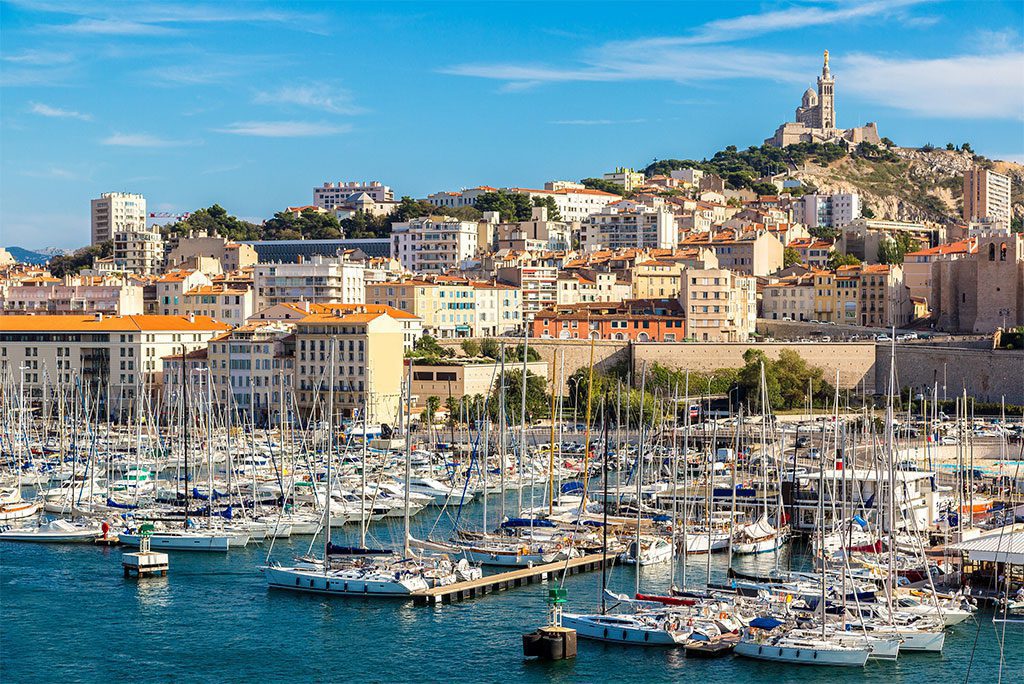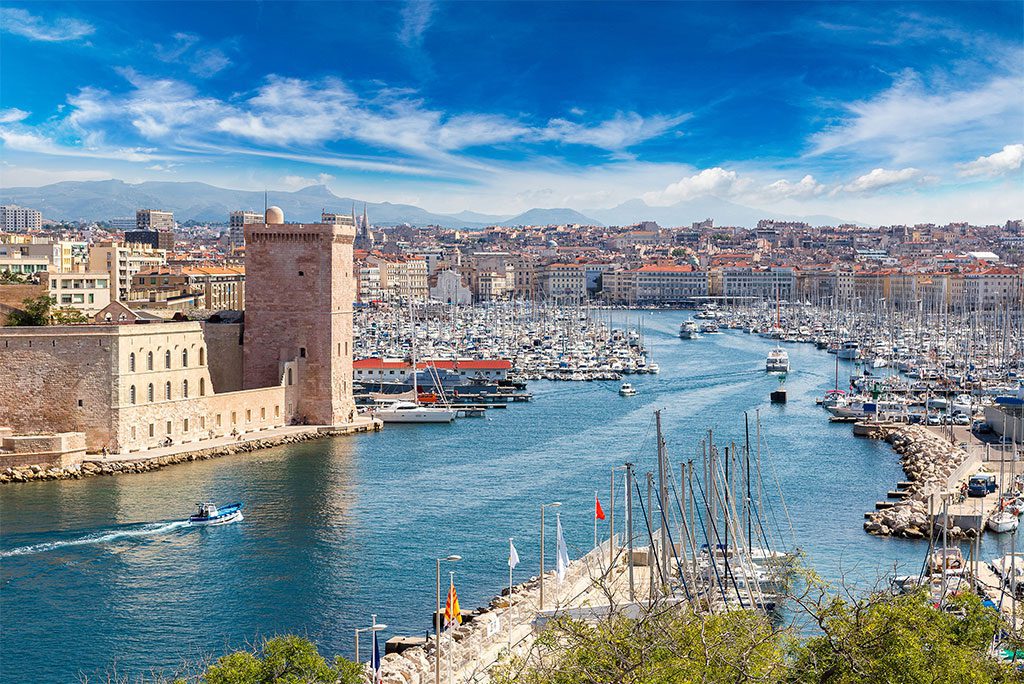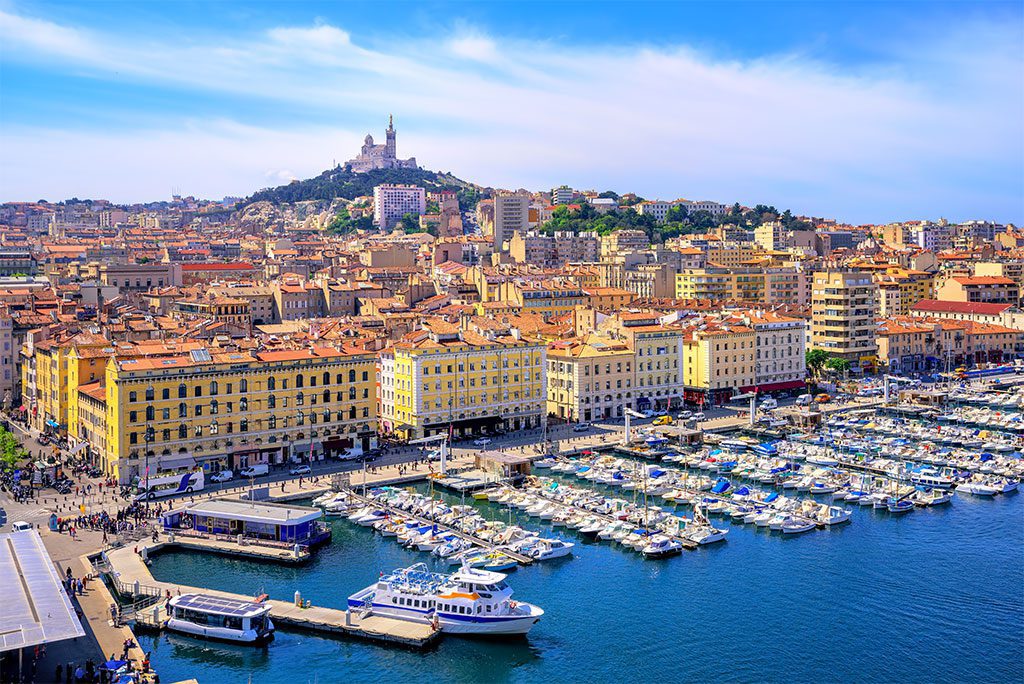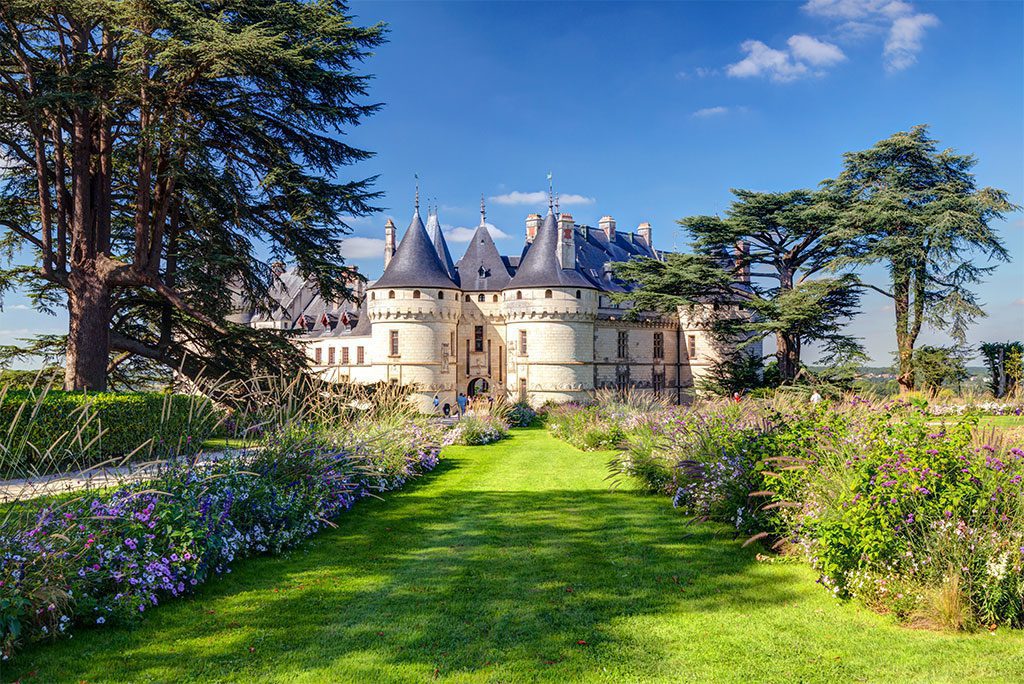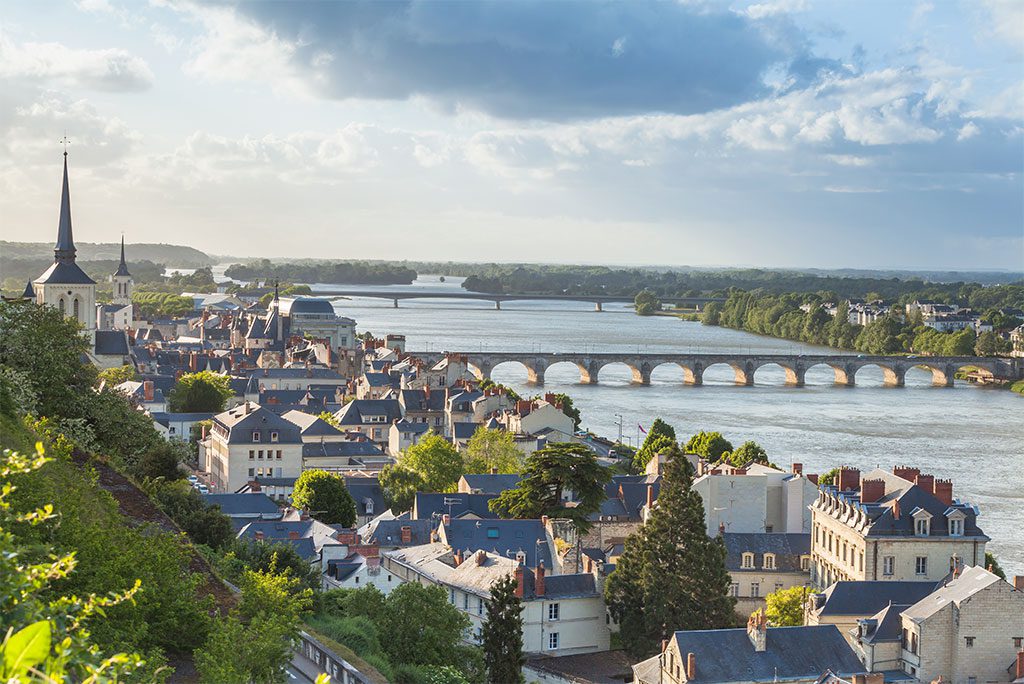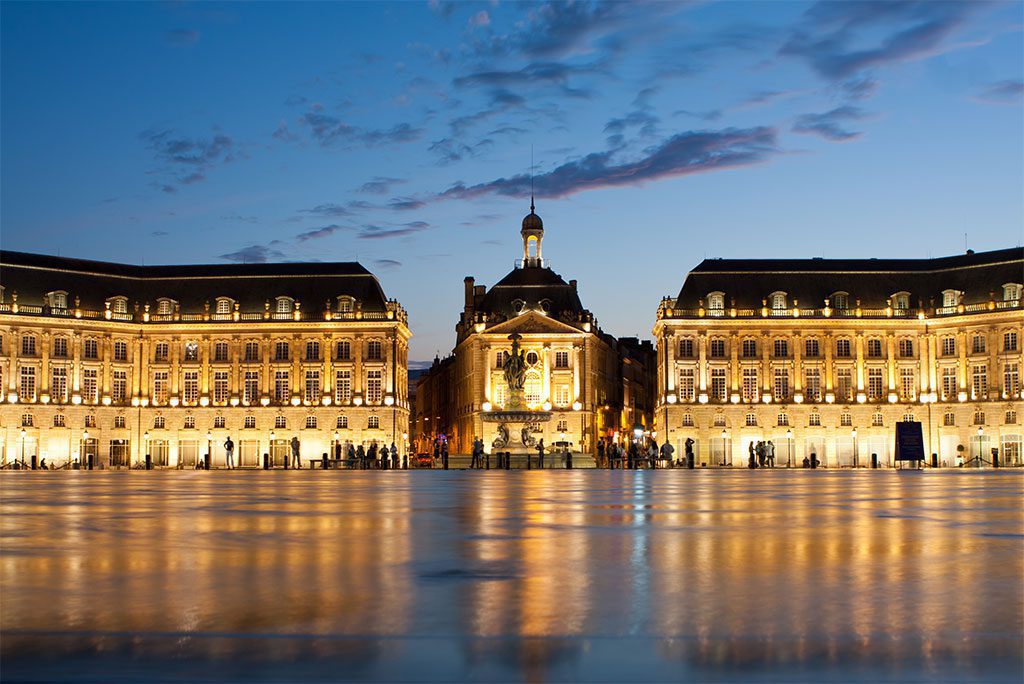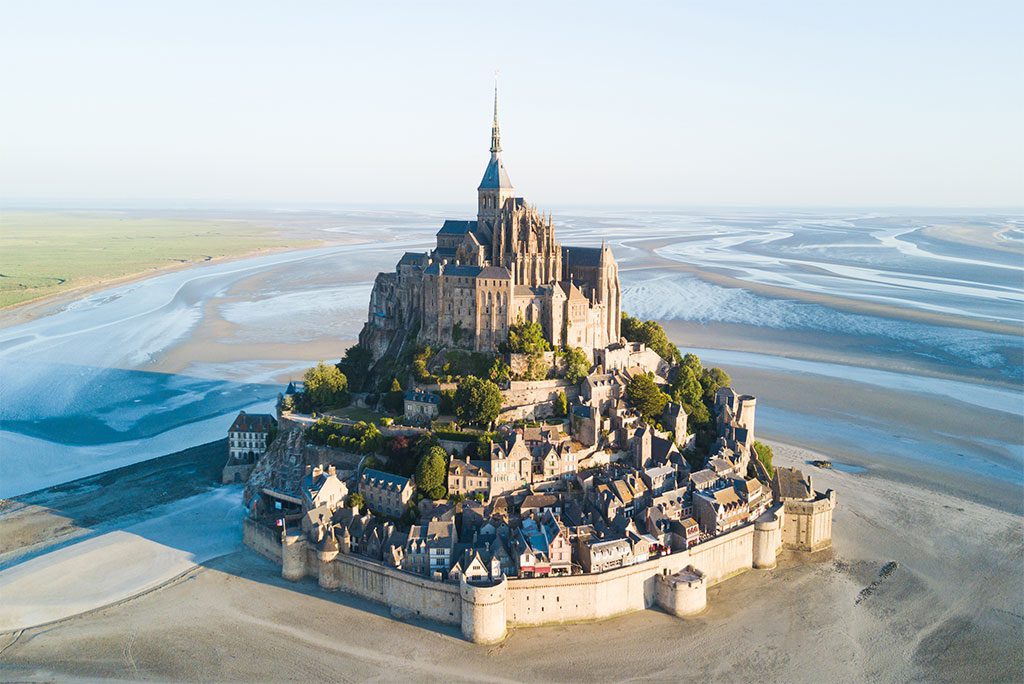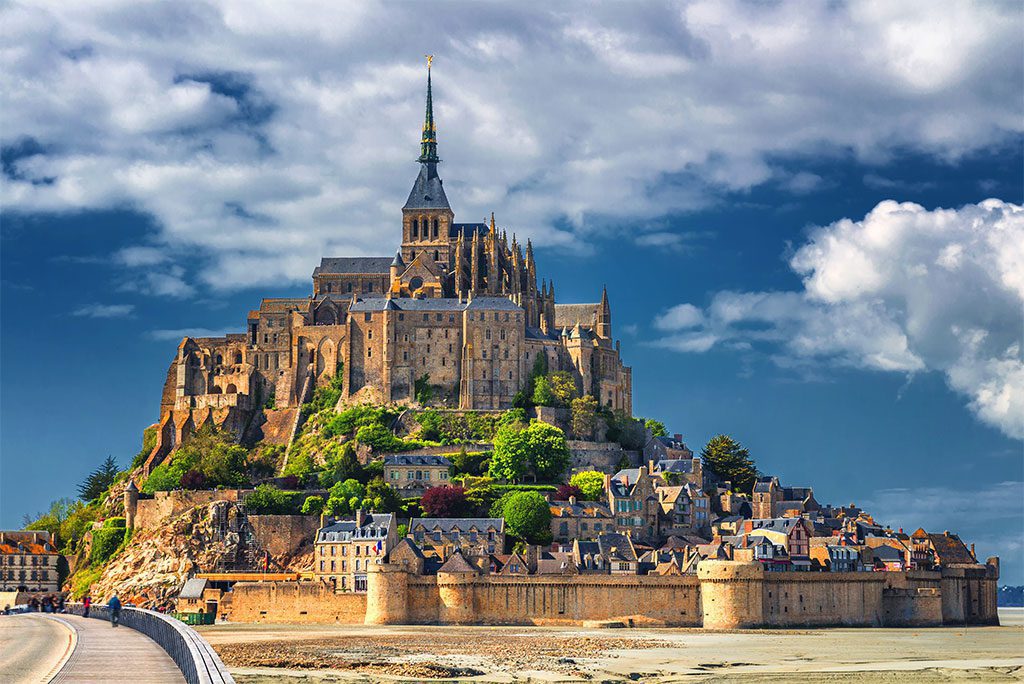France has been a top travel destination for well over two decades, attracting an average of 82 million international visitors annually. With its refined culture, magnificent architecture, delicious cuisine, superb wines, charming villages, and stunning landscapes, it’s easy to see why travelers from all over the globe flock to France.
Of course, Paris is often the first city that comes to mind when people think of France. And it’s no wonder – the city is home to some of the world’s most famous landmarks, including the Eiffel Tower, the Louvre Museum, and Notre Dame Cathedral. But there’s so much more to see in France than just its capital.
Head to the remote corners of the country to experience the best that France has to offer. Adventure-seekers can go rock climbing, kayaking, and rafting in the Verdon Gorge, or explore the stunning scenery of the Chamonix Valley with its panoramic views of the Alps. Relax on the beautiful, high-end beaches of the French Riviera or explore the picturesque Loire Valley, home to some of France’s most admired chateaux.
The Alsace region is famous for its Germanic culture, while Normandy’s D-Day landing beaches offer a poignant glimpse into the country’s history. Wine lovers should head to the world-famous Bordeaux area, known for its exceptional wines, and explore the châteaux and vineyards of the Loire Valley. And in Brittany, immerse yourself in rustic Celtic traditions.
France has something for everyone, from refined culture to outdoor adventures and everything in between. It’s no wonder this enchanting country continues to be one of the world’s top travel destinations. Whether you’re exploring the neoclassical architecture of Paris or the remote corners of the French countryside, there’s always something new and exciting to discover in France. Use our guide to the top French tourist destinations to plan your dream vacation today.
10. Marseille
Marseille, a significant Mediterranean seaport in southeastern France, is both an ancient European city and France’s second-largest. Marseille is a thriving metropolis with a number of
colleges and enterprises, in addition to its lovely environment, Roman remains, medieval architecture, and illustrious cultural venues.
Vieux Port, Marseille’s historical port, is the city’s focal point. This lively port is dominated by two medieval forts and is surrounded by restaurants, shops, and taverns. The Quai des Belges is located at the mouth of the port, where sightseers may see luxury ships, ferry boats, and the daily fish market.
The Calanques are a series of little inlets with magnificent blue water and beautiful limestone cliffs, and they are one of Marseille’s outstanding natural attractions. There are several museums, art galleries, and ancient buildings in Marseille, including La Vielle Charite and the Basilique Notre-Dame-de-la-Garde. There are a plethora of theaters and opera houses in the city, including the renowned Theatre Toursky.
9. Lyon
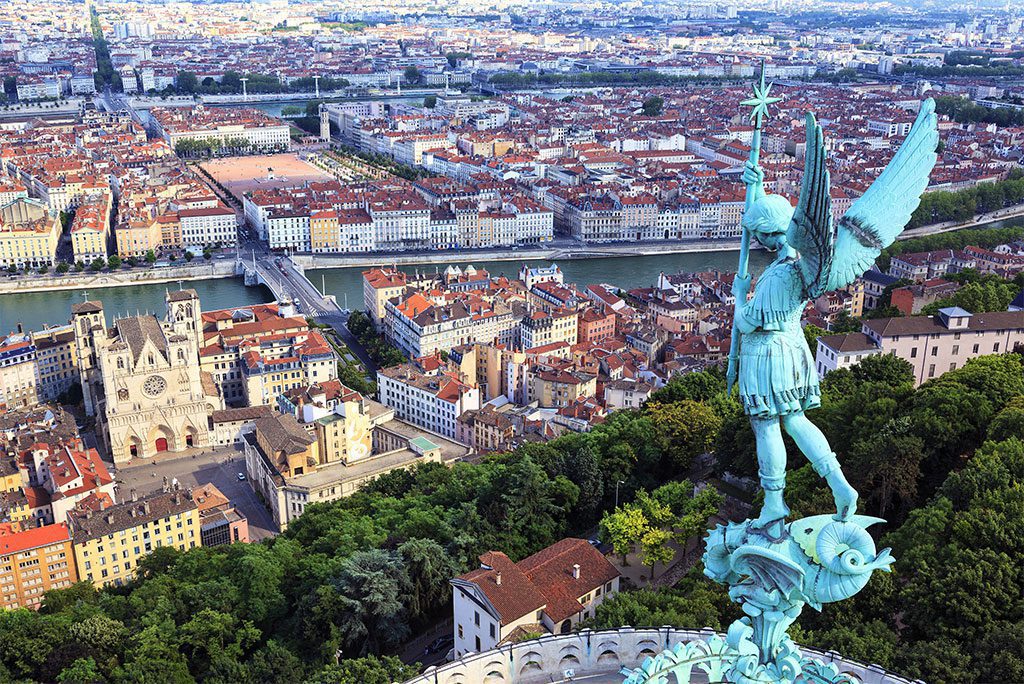
Lyon is the largest city in the Rhone department and the Rhone-Alpes region in eastern France. Lyon, France, is the third biggest city in France and is well-known for its rich history, delicious cuisine, and lively cultural scene.
Various neighborhoods and arrondissements make up Lyon’s nine total. The many neighborhoods all have unique attractions to offer. Its restaurants, pubs, and clubs may be found at Presqu’île, while Croix-Rousse is famous for its many traboules, or secret tunnels. Roman remains and Gothic churches may be found in Fourvière, while the rich neighborhood of Brotteaux is home to the stunning Tete d’Or park.
The ancient district of Vieux Lyon is known for its winding, cobblestone lanes, Renaissance buildings, and sights like the astronomical clock atop St. Jean Cathedral. This district is home to a wide variety of eateries and retail establishments.
Despite the fact that Lyon’s great landmarks are regularly lit up throughout the year, the Festival of Lights is a significant yearly event that draws more than 4 million people to the many festivities of candle lightings and professional sound-and-light performances.
8. Strasbourg
To find the sweet spot where France and Germany come together, go no further than Strasbourg. The Alsatian capital of Strasbourg straddles the French and German borders. Strasbourg is the location of several significant European institutions, including the European Parliament, the European Court of Human Rights, and the Council of Europe
Grande Ile, the city’s historic core, deserves a visit. The area has several museums and spectacular sights, such as the beautiful Gothic church with pink sandstone, elaborate carvings, and a 300-year-old operating astrological clock, set within a combination of French and German architecture, with signage in both languages.
Another popular destination is La Petite France, one of the most photogenic areas in Strasbourg. Along the riverbank, you’ll find charming half-timbered townhouses with flower-filled window boxes and quaint eateries.
Strasbourg is home to several world-class cultural institutions, including the Théâtre national de Strasbourg, the Musee des Beaux-Arts, and the Musee Alsacien, two of the city’s most prestigious performing arts venues.
French and German influences may be tasted in the excellent beer, wine, and delicious food. This area is home to a plethora of breweries and wine bars that gladly give out tours and complimentary beverages to curious visitors. Traditional Alsatian dishes include sauerkraut and sausage, spaetzle (a kind of German noodle), and baeckeoffe (a meat and vegetable stew).
7. Loire Valley
The Loire Valley in central France is a popular tourist destination due to its stunning natural beauty, magnificent chateaux, gorgeous vineyards, and old towns.
Along the Loire River, the Loire Valley covers 175 miles and winds through some of France’s most picturesque towns including Amboise, where Leonardo da Vinci spent his last years. Tours, Chinon, Anglers, Saumur, and Orleans are some of the other historic communities in the area. The Château at Blois, France, is historically notable since it was a frequent gathering place for French monarchs and nobility.
Numerous chateaux dot the valley’s lush slopes and serve as its primary draw. These chateaux were constructed by the aristocracy of France, and they range from stately rural estates to imposing fortifications and opulent mansions. Chateaux like Chambord, Amboise, Rivau, Chinon, and Chenonceau are among the world’s most recognizable.
Cher, Loiret, Eure, and the Loire all provide vital nutrients to the Loire Valley, earning it the moniker “Garden of France” for its profusion of flower gardens, fruit orchards, and vineyards. There are several vineyards in the valley that welcome visitors for tours and tastings.
6. Bordeaux
Bordeaux, the seat of the Gironde department in Aquitaine in southern France, is well recognized as one of the world’s major wine-growing areas, producing more than 800 million bottles of renowned wine brands each year.
Bordeaux, a large port city in southwestern France, is located on the River Garonne about half an hour inland from the Atlantic Ocean and is known for its excellent architecture, historic landmarks, and world-class arts and cultural scene.
You may find ancient cathedrals, a Roman amphitheater, and picturesque old bridges like the Ponte de Pierre in the city center of Bordeaux, also known as the pedestrian zone. Place de la Bourse, the city’s most famous square, is the most visually arresting due to its mirror-like quality.
The well-developed waterfront of Bordeaux has a number of quays where tourists can shop at busy markets and designer outlet stores, eat at nice restaurants, or just relax and enjoy the beautiful views of the river.
Tourists that come to Bordeaux should take a day to travel the region’s wine country and take in the stunning landscapes, quaint towns, vineyards, and grand chateaux. The city’s Festival of Wine and Festival of the River are annual events that take place in June. The city’s quays provide a lively nightlife with bars and clubs.
5. Luberon
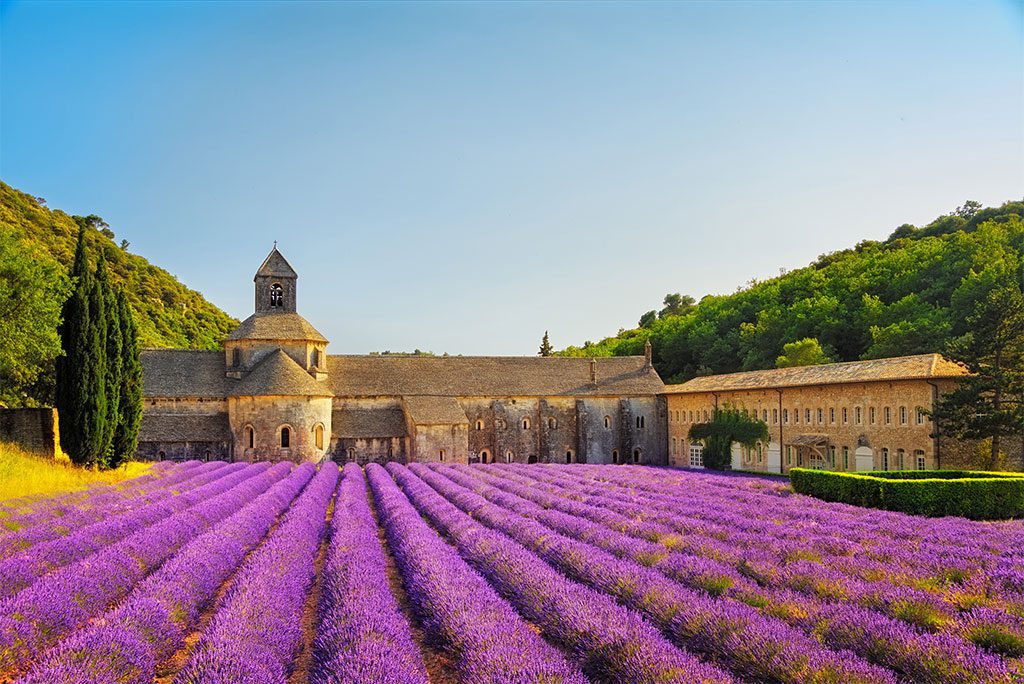
The Luberon is the place to go in the south of France to rub elbows with the common people. The area attracts wealthy French citizens and tourists from the United States and Great Britain throughout the summer. After Peter Mayle’s writings about living in Provence became popular, tourists flocked to this area in central Provence. You’ll quickly see why the Luberon is a popular tourist destination once you see its verdant woodlands, fields of lavender, farmer’s markets, and brightly painted cottages. Oppede le Vieux earthenware, which exudes an air of the Middle Ages, makes for a wonderful keepsake.
4. Mont Saint-Michel
The rocky island of Mont Saint-Michel, situated off the coast of Normandy in northern France, rises up out of the middle of massive mud flats and some of Europe’s most violent tidal surges. With its seemingly piled medieval buildings and its crowning feature, the Abbey of Mont Saint-Michel, the tidal island is a famous tourist destination in France. In 708, after a reported visit by the Archangel Michael, the Bishop of Avranches commissioned the construction of the magnificent monastery.
3. Dordogne

If you just have a few days to see the beautiful Dordogne area in southern France, you’ll have to prioritize your sightseeing. Beginning with postcard-perfect towns and chateaus like the well-preserved Chateau de Baynac, perched high on a hill, there is just too much to see and do here to list.
With the Dordogne River flowing through it, the countryside is also rather spectacular. You may also find some of France’s most impressive examples of ancient cave art in the Dordogne. Animals predominate among the mural subjects of Lascaux. Even if they are no longer open to the public, a facsimile should not be missed.
2. French Riviera
The French Riviera (Cote d’Azur) is a stretch of coastline in southeastern France along the Mediterranean Sea that serves as a popular vacation destination for the country’s affluent and other well-to-do residents and visitors. No formal line has been drawn, although most people agree that it begins at the Italian border and continues west to either Saint-Tropez, Hyères, Toulon, or Cassis.
In addition to the more well-known attractions like St. Tropez, Monaco, and the Cannes Film Festival, the Riviera is also home to several lesser-known gems like the perched towns of Eze and Saint-Paul de Vence and the perfumeries of Grasse. Many works by famous painters, such as Picasso, who found inspiration in the Riviera may be seen in the region’s museums and galleries.
Despite being one of the most northernly shores on the whole Mediterranean, the area has a great moderate to warm temperature all year round.
1. Paris

Paris is the most visited city in the world, with over 45 million tourists passing through each year. The capital of France, Paris, has earned a number of illustrious epithets, including the City of Lights, the City of Love, and the Capital of Fashion. Famous Parisian sites include the Eiffel Tower, Arc de Triomphe, Versailles Palace, Sacre-Coeur, and Notre Dame Cathedral, but the city is divided into 20 arrondissements, each with its
own personality and attractions. The Louvre and the Musee d’Orsay are just two of the world-class museums that call Paris home. In addition, Paris is home to some of the world’s most beautiful gardens, including the Luxembourg Gardens.
Yves Saint-Laurent, Lancôme, L’Oréal, and Christian Dior are just a few of the world-renowned fashion houses that call the City of Lights home. There is a wide variety of shopping options in the city, from malls to outdoor markets, from high-end boutiques to vintage shops and flea markets.
Walking and the superb subterranean rail system (the Métro) are the finest and cheapest ways to move about Paris.



